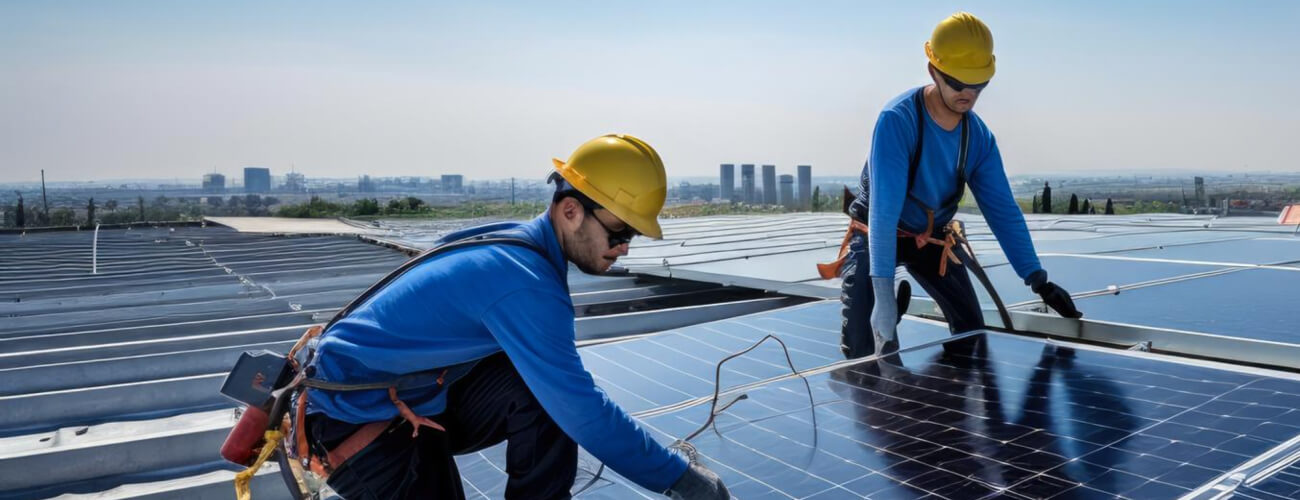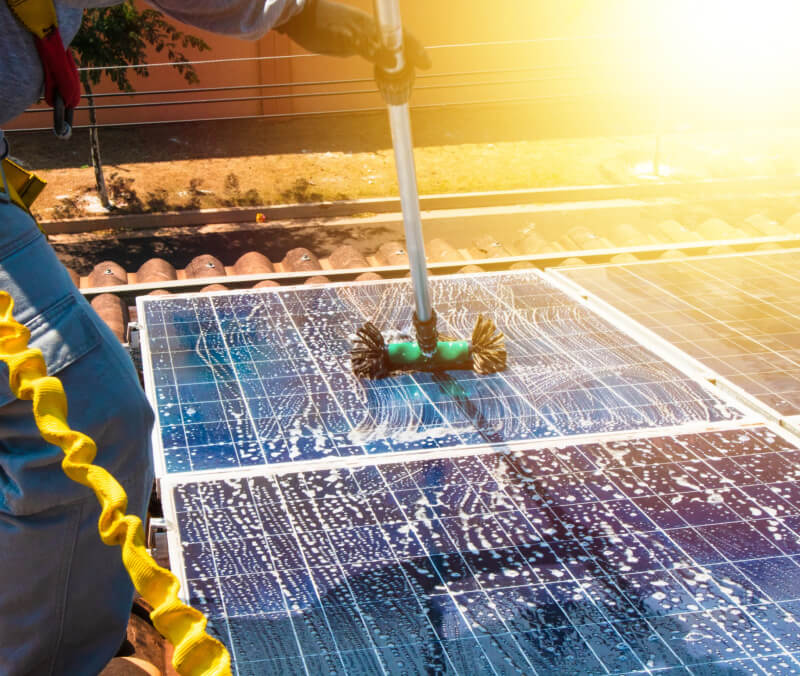Choose us for reliable solutions, expert service, innovation, sustainability, competitive pricing, and commitment to high-quality, energy-efficient products and support.



Energy-saving devices are tools and technologies designed to reduce energy consumption, improve efficiency, and lower utility bills. Examples include smart thermostats, LED light bulbs, energy-efficient appliances, and power strips with automatic shutoff features. Smart thermostats adjust heating and cooling based on your schedule, reducing energy use while maintaining comfort. LED light bulbs use less electricity than traditional incandescent bulbs and last longer. Energy-efficient appliances, such as refrigerators, washing machines, and air conditioners, consume less energy while offering the same or better performance. Power strips with timers or smart features allow users to cut power to devices when not in use, preventing energy wastage. These devices play a significant role in creating a more sustainable and eco-friendly lifestyle.
Choose us for reliable solutions, expert service, innovation, sustainability, competitive pricing, and commitment to high-quality, energy-efficient products and support.

Renewable energy sources include solar, wind, hydro, geothermal, and biomass.
Energy saving reduces consumption through efficiency, conservation, and sustainable practices.
Easy solar installation involves simple setup, minimal tools, and quick connection.
Energy solutions include renewable sources, efficiency, storage, and sustainable technologies.
Technical support provides assistance, troubleshooting, and solutions for system issues.
Solar maintenance ensures optimal performance, longevity, and efficiency of systems.

Planning and strategy for solar involves site assessment, system design, financial analysis, permits, installation timeline, maintenance planning, and long-term performance optimization.
Renewable energy harnesses natural resources like sunlight, wind, and water to generate power. It reduces environmental impact, promotes sustainability, and offers a cleaner energy future.
Tidal and wave energy capture the motion of water to generate electricity. Tidal energy uses ocean currents, while wave energy harnesses surface waves for power production.
Educating for a sustainable future involves teaching environmental awareness, resource conservation, renewable energy, and responsible practices, empowering individuals to create a positive, lasting global impact.
Staying informed on renewable energy involves exploring books, research papers, websites, government reports, and educational platforms like blogs, podcasts, and online courses for continuous learning.
info@lerenjopower.com
+91 790 574 4854
Ar 192 Munshiganj Amethi Lucknow 226501

Solar solutions provide clean, renewable energy through efficient panel installations.
Copyright © 2024 Lerenjo Solor Power . All rights reserved.